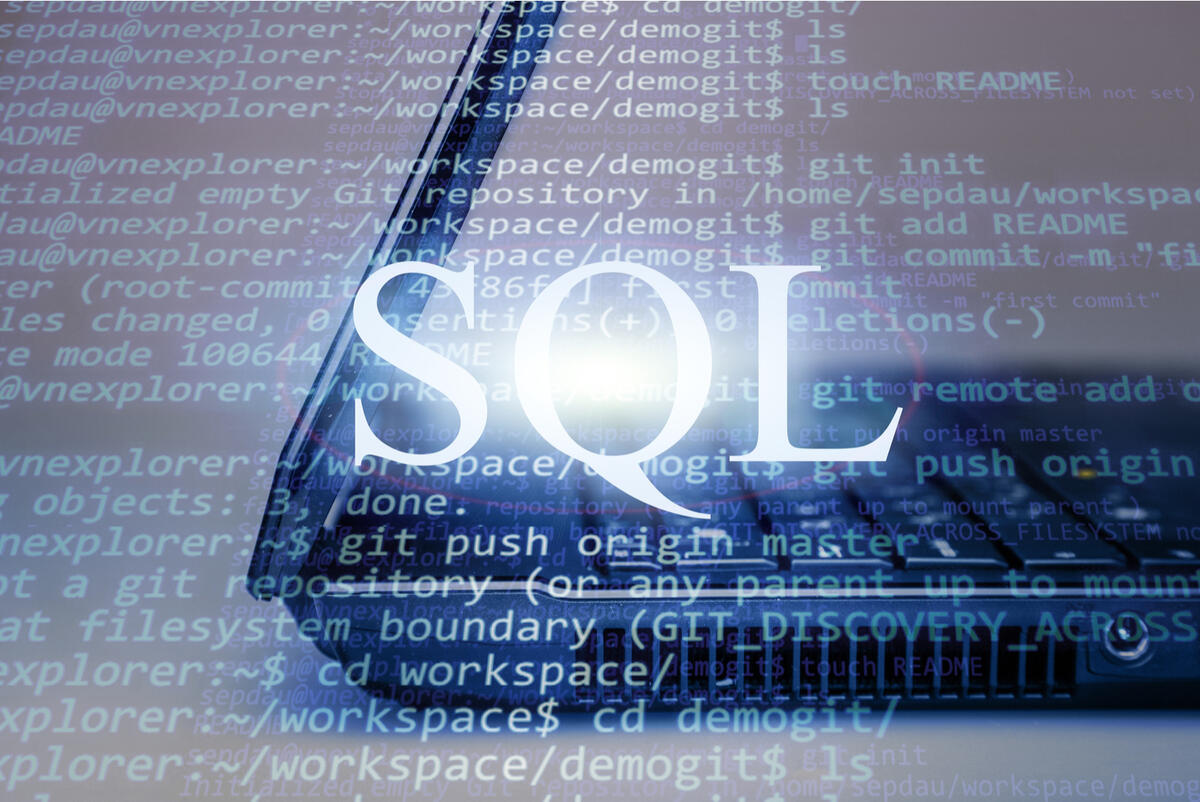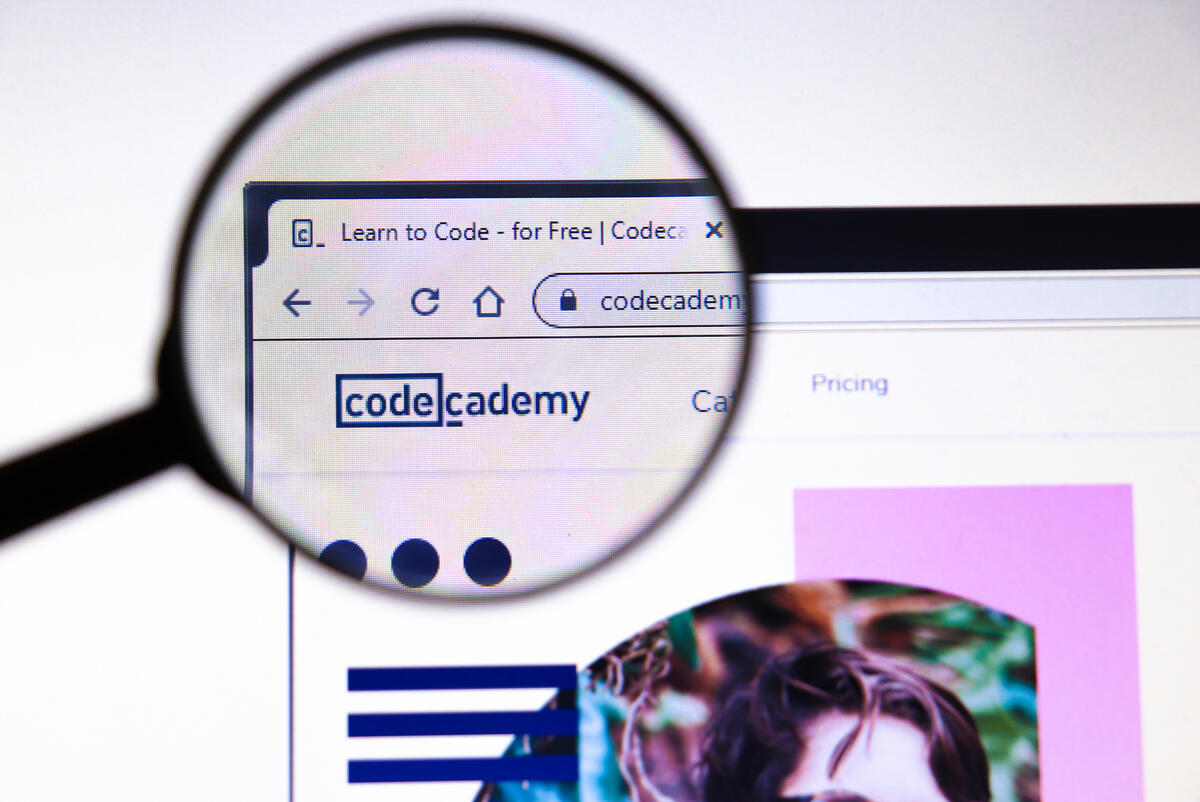SQL — pronounced ‘sequel’ because of its origin as SEQUEL at IBM — is used to manage tides of data about money, time, location, and other units that are then stored in relational databases and relational database management systems (RDBMS).
Today, business is about big data, and many of these businesses are on the hunt for people who know how to turn ingress data into insights, be they for scientists seeking answers, business types who need to choose when to take risks or e-commerce businesses.
Relational databases make the wheels of business go around, and someone needs to be there to design and manage them. That’s where SQL skills come into play and can make you an extremely valuable member of the IT department or a business unit.
Many database platforms are available, from enterprise versions like Microsoft SQL, Oracle Database, SAP HANA, and IBM Db2, to free and open-source renditions of SQL like MySQL, MariaDB, PostgreSQL, and SQLite. On top of this, there are key tools like Amazon Aurora, Google’s Cloud SQL and the ability to run Microsoft SQL Server in Azure on the Kubernetes container management platform.
Go from SQL Beginner to Expert
Udemy is one of the most popular learning platforms for developers. This online SQL course is aimed at true beginners: those who have a computer but lack experience working with databases, SQL, or MySQL.
The regular price is €159.99 ($188) for the full 20-hour course, but Udemy sometimes often offers significant discounts. It is one of Udemy’s bestsellers and has a 4.6 out of 5 rating from 56,000 out of 253,000 previous students.
Students need to roll their sleeves up and prepare to get their hands dirty with big data.
The course is varied and lengthy but broken up into bite-sized chunks. It consists of 18 sections covering the basics, such as ‘What is a database?’ to build a web app using Node.js, MySQL and NPM, the Node.js package manager.
Each section contains about 20 short lectures and, in total, offers 20 hours of on-demand video, 142 articles and four downloadable resources. Students receive a certificate of completion.
Students will also learn how to write complex SQL queries across multiple tables, model real-world data, and generate reports using SQL.
Some practical lessons include generating reports using sales and user data and cloning the database structure of Instagram.
SQL skills are in high demand thanks in part to MySQL, an open-source version of the SQL database that is used at Silicon Valley giants including Twitter, Airbnb, Dropbox, Microsoft-owned GitHub and Salesforce-owned Slack.
A major advantage of this course is that lessons focusing on MySQL will prepare students to work with other databases, such as PostgreSQL, Oracle, and Microsoft SQL Server.
Pros:
It’s a hugely popular course for SQL beginners with generally very good reviews. It covers web app developments using key tools, runtimes and frameworks. The course has focused on real-world data and familiarizes students with major databases.
Cons:
Students with more advanced knowledge of SQL might not be satisfied with advanced lessons. Some students with development experience disagree that the course makes you an expert.
View Now at The Ultimate MySQL Bootcamp
SQL for data analytics with Google
Google is investing in its cloud business and, while its enterprise business is not as big as its main rivals, it is growing, which means more customers are using it.
The course is not dedicated to SQL but does explore SQL as a tool for data manipulation.
The Google Data Analytics Professional Certificate has a rating of 4.8 out of 5 based on reviews from 14,700 students who’ve completed the course.
Eight courses help students think about how to organize and format data using SQL and look at data differently. It also teaches students how to visualize and present findings throughout the data analysis process.
The certificate takes about six months to complete on the assumption the student completes about 10 hours per week.
Coursera offers a 7-day free trial, and after that, it costs $39 per month to continue learning.
This course is aimed at budding data analysts who want to know how to clean and organize data and then use spreadsheets, SQL and statistical programming language R to crunch numbers.
That it is a Google course also holds value. Attaining a Google Career Certificate opens the door to directly applying for jobs with Google and over 130 U.S. employers, including Walmart, Best Buy, and Astreya.
Coursera’s pricing is based on time, so the quicker students get through the material, the better value it becomes. Coursera charges $39 per month after the free trial ends. It also provides a certificate of completion, allowing students to show off their achievements on LinkedIn to current and future employers.
Pros:
It’s a pathway to a Google Professional Certificate. It puts SQL within the context of the hugely important field of data analysis and offers R training. The faster you complete the course, the cheaper it will be.
Cons:
It is aimed at junior data analysts. This certificate is currently available globally in English. Jobs in the employer consortium are only available to those eligible to work in the U.S., but it is expanding to India, Europe, and other regions.
View Now at Google Data Analytics Professional Certificate
University of California Davis
SQL is a means to an end, so it needs to be framed within a bigger picture. From the University of California Davis, this course is for those who appreciate that more data can put some science behind better decisions. It’s aimed at data scientists who have the brains to crunch numbers and can think outside-the-box in equal measure.
Data science roles are generally well-paid and often require a person to understands how to work with SQL.
The course demonstrates how to write an SQL query to isolate and extract a portion of data for columns. Students learn how to use commands to filter, sort and summarize data and manipulate strings, dates, and numeric data.
SQL for Data Science is the first course in Coursera’s larger Learn SQL Basics for Data Science Specialization.
It gives students the foundations of SQL within the context of its application in data science tasks. Students will leave knowing how to ask the right questions in order to gain relevant insights.
Students learn common SQL operators and how to combine data with concepts like data governance and profiling.
Most importantly, students will learn how to spot meanings and relationships in source data and then how to use SQL to shape that data for whatever analysis is required.
It costs $39 per month to continue learning after the 7-day trial ends. By the end of it, students should be able to apply fundamental principles when using SQL for data science and use tips and tricks to apply SQL in data science.
Pros:
It’s from the University of California Davis and only takes 14 hours to complete. Data science is a booming sector of tech and helps students understand RDBMS. Great for beginners.
Cons:
It lacks a course about integration with Python. It’s not for those who want a deeper understanding of SQL but is a good entry point to SQL.
View Now at SQL for data science
IBM’s basics for SQL in data science
IBM doesn’t quite have the sheen it used to, but it’s still a key source of innovation in business. IBM has crafted the SQL for Data Science course on the edX platform.
Its main promise is to help students learn how to use SQL to extract data from databases. More specifically, students will learn the basics of SQL, how to create a database in the cloud, and gain experience using string patterns and ranges to query data. An extra bonus is that they’ll learn how to analyze data using the programming language Python.
The IBM “verified” track costs $99 to complete and provides unlimited access to course materials, edX support, a shareable certificate, and graded assignments.
A free version is also available, but this expires and doesn’t offer access to some course materials and lacks graded tests and the shareable certificate.
Pros:
There is a Python component to the course. There are graded assignments and a certificate of completion. Great for beginners, and there is a free version.
Cons:
Students only get a certificate for the paid version of the course. It only teaches the basics of SQL.
View Now at SQL for Data Science
An edX SQL course by Stanford University
Stanford University promises its Advanced Topics in SQL course will deliver practical lessons, including indexes, transactions, constraints, triggers, views, and authorization in an SQL-based relational database.
The course focuses on improving performance through Indexes and Transactions, while the Constraints and Triggers section explains integrity checks and check constraints.
The course takes about five months to complete, completing syllabus sections followed by quizzes on specified dates. Students can take longer to complete the courses and quizzes if necessary.
It’s the second chapter in a 5-part series that was made publicly available in 2011.
Stanford is a recognizable education institution, so a certificate should hold higher value with people in charge of hiring. Additionally, exams are graded.
There are two ways to take those courses. The edX course is free, but it costs $50 to get a Verified Certificate to complete this course.
Pros:
Instructor signs certificate with Stanford’s logo, which can be added to a LinkedIn profile. There are graded assignments and a certificate of completion. Great for beginners, and there is a free version.
Cons:
Students only get a certificate for the paid version of the course. It only teaches the basics of SQL.
View Now at Databases: Advanced Topics in SQL
Pluralsight is another popular online learning forum for budding and seasoned developers with a course for those who need to know how to operate SQL servers. A course worth considering for people new to the industry is “Introduction to SQL Server”, hosted by SQL expert Dan Sullivan.
The course is broken into bite-sized chunks that total about two hours of learning time and offer a high-level overview of relational databases and SQL Server. The course covers the fundamentals of SQL on the server-side, including entities, primary key and RDBMS.
It’s one option among Pluralsight’s SQL Server-focussed courses that aim to help students improve their SQL skills.
A more substantial course can be found at Pluralsight’s “Developing SQL Server Databases“, which has an estimated 22 hours of learning time over 10 courses.
It looks at Microsoft SQL Server as a relational database management system (RDBMS). The main purpose is to store and retrieve data as needed by other software applications.
Pluralsight’s “path” courses are available on a monthly or yearly basis. The former offers the core course library, paths and skill assessments. The latter provides the core and expanded courses, exams, projects and tutorials.
On a monthly basis. The standard course costs include a 10-day free trial and then costs $24,92 per month or can be billed annually at $299 US. There is a premium version of the course too, with more materials, certification practice exams, and more projects. It costs $37,42 US or can be billed annually at $449,00.
The Team package has three levels on a per user per year basis, including Starter for $399, the Professional package for $579, and the Enterprise option for $779.
Pluralsight’s Developing SQL Server Databases costs $29 per month or can be paid annually $299.
View Now at An Introduction to SQL Server
How were these SQL courses selected?
ZDNet selected the online learning platforms that are the most popular with developers in general. We wanted to create a balance between beginner SQL online courses, SQL courses within specific domains such as data analysis and data science, and courses that focus on more advanced SQL skills.
The list is by no means exhaustive and should be treated as an entry point to learning about what SQL-related courses fit the user’s learning intentions and circumstances.
How do I choose the right SQL course for me?
People interested in learning SQL databases come from a variety of backgrounds. They could be approaching the question from the perspective of a budding full-stack software engineer, a back-end specialist, a front-end web developer, or an SQL pro.
As above, these recommendations are meant to be an entry point into a variety of SQL courses from different platforms. Most of the courses have a free element available or are entirely free, with the exception of the certificate of completion. We would argue that the certificate of completion is important to have and can be acquired for a relatively little sum. After all, you’ll need something to verify to your employer or future employer that you successfully completed the course.
Codecademy is another widely recognized online tech education provider and has many SQL courses available, ranging from beginner to pro-level.
The Full-Stack Software Engineer is tagged as ‘beginner friendly’ and offers training in front-end development with JavaScript and JavaScript frameworks, plus back-end development with Node.js, followed by a chance to build a web application and a custom API.
SQL is one component of the full-stack course and takes place later in the series from sections 27 through to 33.
The major advantage is that students get to learn SQL for backend development within the context of web app development using Javascript, HTML and Node.js, making a website responsive with different layouts and interactive with JavaScript, testing in development, and using Git and GitHub for version control.
Other SQL database sections including learning how to work with database data stores for the web with PostgreSQL, designing relational databases implemented in PostgreSQL, database performance techniques, and building an e-commerce REST API using Node, Express and PostgreSQL. Users will also learn PostgreSQL to connect JavaScript and SQL in web apps and build a fully integrated app back-end.
Codecademy does offer a certificate of completion. There is a 7-day free trial period after which an annual membership costs $239.88 a year, charged at $19.99 per month. There’s also a non-committal Pro Monthly option available for $39.99 a month.
View Now at Full-Stack Software Engineer










